Imagine a world where architecture is War Archivesnot one of the world’s most polluting industries, but instead has a positive impact on both people and the planet. At Mashable, we've long celebrated architecture and design’s changemakers, those looking toward environmentally responsible and informed ways of building our cities and towns, restoring and preventing damage, and repurposing materials.
In 2022, when climate-related news brought mostly anxiety and very real disasters, we chose hope over despair. We sought inspiration from the visionaries who take the road less travelled and dare to imagine, and then help build, a different kind of future. We spoke to landscape architects working with nature to better our cities, showcased architects returning to ancient building practices, and celebrated the ingenuity of designers breaking the boundaries of imagination by turning solar panels into art, and capturing carbon in…tiles.
SEE ALSO: Climate change anxiety: How to stop spiraling and make a differenceIf you’ve missed them, here are some of architecture and design’s most exciting ideas.
In 1997, Yu Kongjian, a young landscape architect and Harvard graduate returned to his native China and proposed what was then seen as a radical notion: that China’s monsoon climate is incompatible with the country's adoption of Western urbanisation models. Yu's theory was that the removal of natural organic matter from cities, and swapping soil for concrete, turned cities into impermeable jungles that can lead to devastating flooding. The antidote he offered was simple: nature itself can help prevent such disasters, we just need to let it be.
At the time, Yu wasn’t taken seriously, but a tragic flood in Beijing in 2012 made local authorities reconsider his ideas. Today, the so-called ‘sponge cities’ are national policy, and though the idea’s origins are too ancient to accurately trace, the term ‘sponge cities’ is uniquely Yu's.
In August, we explored the genesis of Yu's sponge cities, some of the architects applying the green city model on a global scale, and how efficient sponge cities are in the face of climate change. This notably features the story of the twin cities of Nogales, Sonora (Mexico) and Nogales, Arizona (U.S.) – a striking example of the damages rapid urbanisation can cause.
The expansion of city infrastructure can sometimes work to nature's advantage. During the building of the Elizabeth Line, London’s most ambitious railway yet, over 7 million tonnes of soil were dug from the ground. Instead of wasting this precious material, Crossrail, the company building the Elizabeth Line, donated about half of it to the Royal Society for the Protection of Birds (RSPB). The 3.5 million tonnes of soil were shipped from London to the Essex coast where they were used to create a bird sanctuary.
Thanks to this delivery, RSPB built sea defences and restored lagoons and mudflats once native to the area, but lost to agriculture, coastal erosion, and sea level rise.
When speaking about climate change and cities, we have to examine the way urban dwellers get their energy. In some European cities, whose historic centres act as open-air museums, bulky, view-obstructing solar panels are prohibited by conservation laws. This makes sense, as from their genesis, solar panels have been thought of primarily as an energy tech invention. Now that the technology has advanced, it’s time to look at the bigger picture. If cities want to produce their own energy at a large scale, solar designer Marjan van Aubel argues, we need to rethink the way solar panels look too.
In September, van Aubel told Mashable about the solar panels she designs, and how aesthetics may as well be the secret weapon we need to revolutionise the appeal of solar energy.
What’s good for nature is often good for people, too. Diana Kellogg’s Rajkumari Ratnavati Girl’s School, a proud oval building in the Thar desert, proves just that. After her studio was commissioned to create the girl's school in the city of Jailsamer (in the state of Rajasthan, India), Kellogg took an intersectional approach to building sustainably in the desert’s harsh conditions. To create a naturally cooled building, she used locally sourced materials and collaborated with local craftspeople who helped her recreate the area's ancient building practices, with a modern twist. Cultural tradition was especially important, and Kellogg ensured that modesty screens in the form of reimagined jali walls create a safe environment for the students while also stimulating learning and play.
When it comes to energy production and consumption, the school is self-sufficient, thanks to another blend between modernity and tradition. While the roofs are equipped with solar panels, the courtyard uses regional water collection techniques to store rainwater during the Monsoon season.
In India’s urban areas, however, the concerns are quite different. A staggering 43 of the world’s 50 most polluted cities are here, which is mostly due to heavy traffic, even heavier reliance on fossil fuels, and tire and waste burning practices. Amid the many pollutants, black carbon (CO2e) is especially damaging to both human and environmental health.
At the same time, one of black carbon’s important features is that it consists of particles that can be captured and prevented from entering the atmosphere. In an attempt to do just that, Mumbai-based studio Carbon Craft Design has found a way to upcycle the pollutant by incorporating it into its tile design. According to the company, a single tile can prevent around five kilograms of black carbon from entering the atmosphere – equivalent to the pollution a single car on the road produces within 15 minutes. And while the design may not combat air pollution all at once, its small steps could turn into a giant leap if similar practices are adopted by the construction industry at large.
 Best iPad deal: Save $132 on Apple iPad (10th Gen)
Best iPad deal: Save $132 on Apple iPad (10th Gen)
 The NYPL’s Librarians Use to Field All Kinds of Questions
The NYPL’s Librarians Use to Field All Kinds of Questions
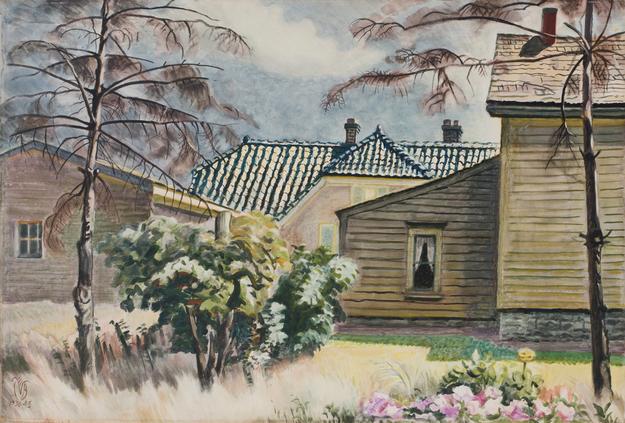 Staff Picks: Mantel, Kleeman, Burchfield
Staff Picks: Mantel, Kleeman, Burchfield
 Should Ovid Come With a Trigger Warning?
Should Ovid Come With a Trigger Warning?
 Best portable power station deal: Save $179.01 on the EcoFlow River 2 Max
Best portable power station deal: Save $179.01 on the EcoFlow River 2 Max
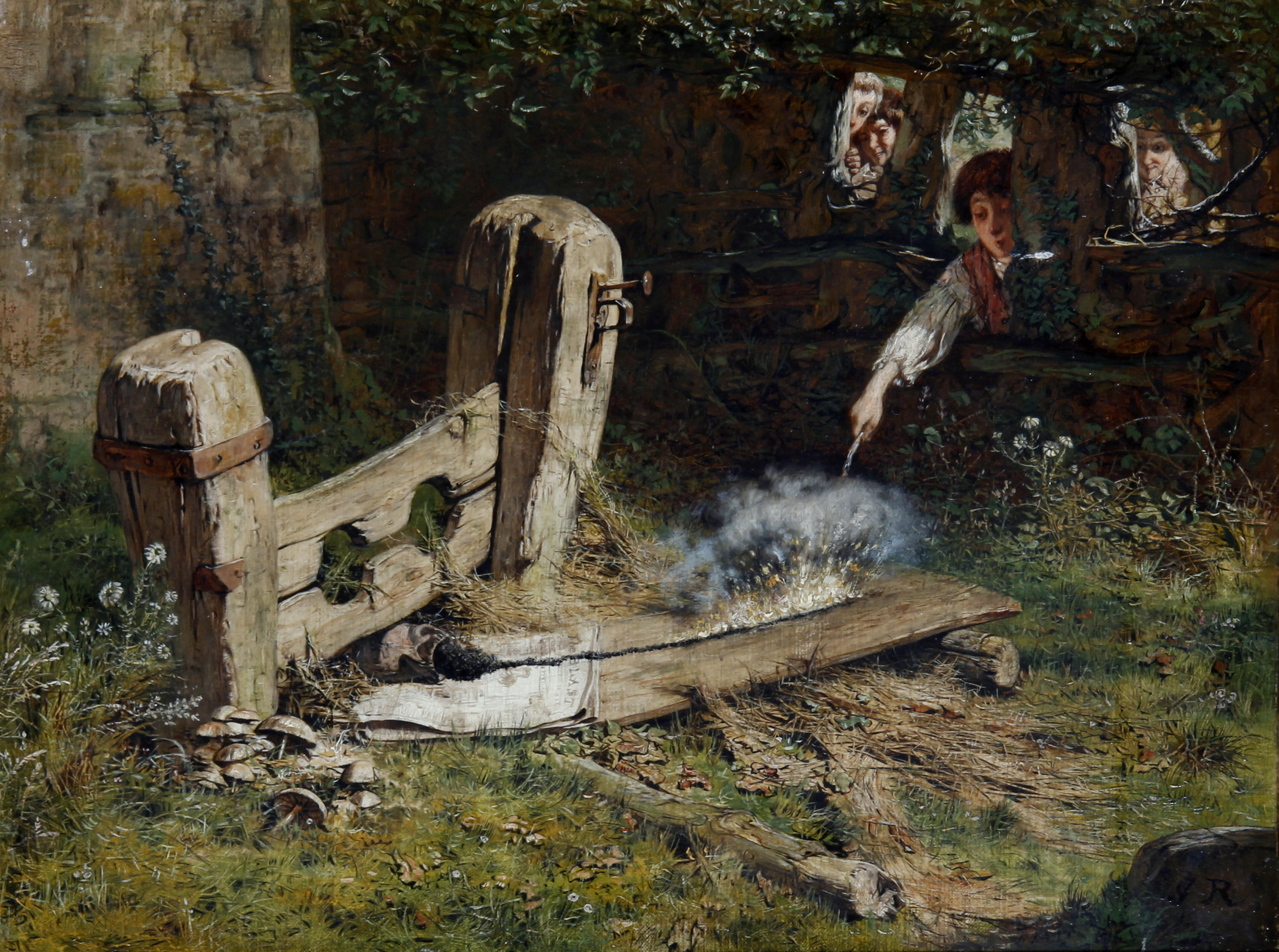 Wordplay 101
Wordplay 101
 Introducing Our New Summer Issue
Introducing Our New Summer Issue
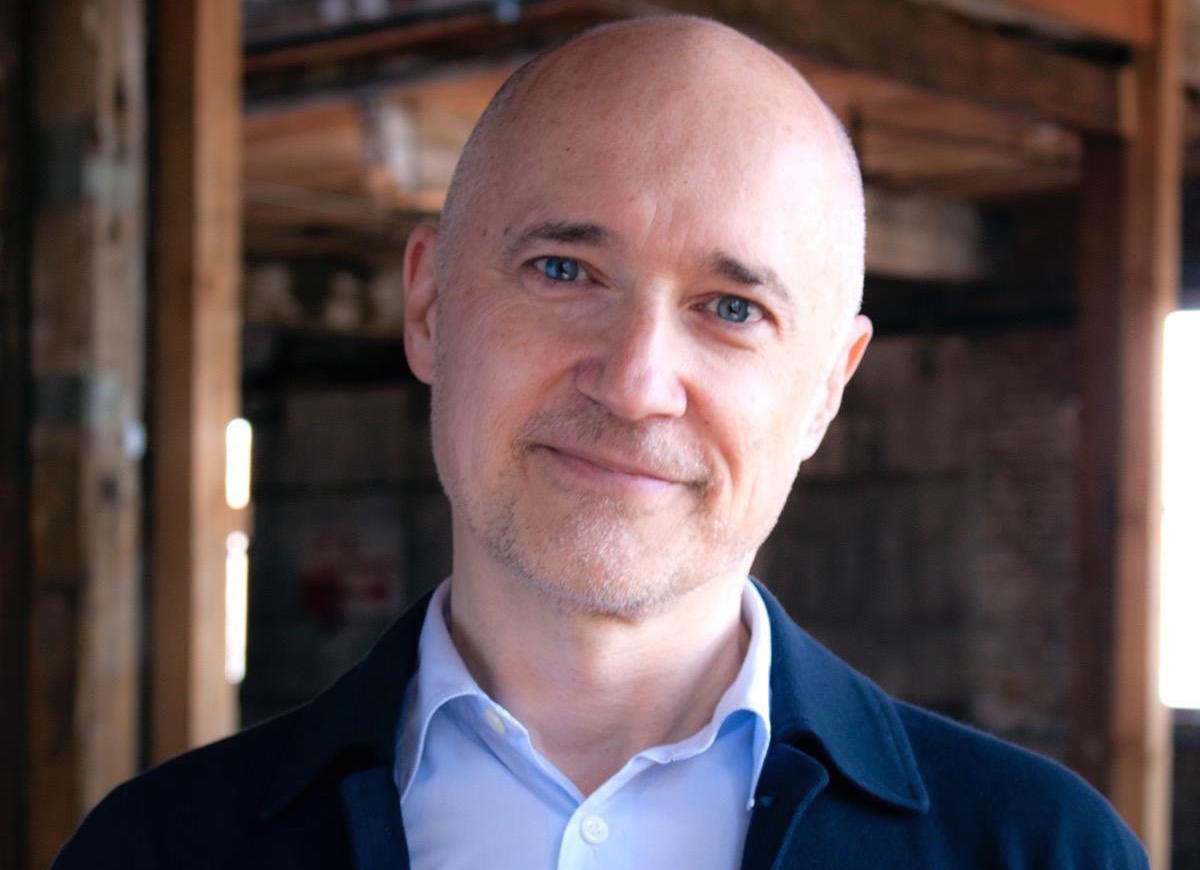 Richard McGuire on “Here,” His Groundbreaking Graphic Novel
Richard McGuire on “Here,” His Groundbreaking Graphic Novel
 Dyson V8 Plus cordless vacuum: $120 off at Amazon
Dyson V8 Plus cordless vacuum: $120 off at Amazon
 Remembering Playmobil’s Founder, Horst Brandstaetter
Remembering Playmobil’s Founder, Horst Brandstaetter
 Best robot vacuum deal: Eufy Omni C20 robot vacuum and mop at record
Best robot vacuum deal: Eufy Omni C20 robot vacuum and mop at record
 Staff Picks: Barba, Norris, T.H. White
Staff Picks: Barba, Norris, T.H. White
 What Jules Verne and John Quincy Adams Had in Common
What Jules Verne and John Quincy Adams Had in Common
 Remembering Irony’s Awkward In
Remembering Irony’s Awkward In
 A Typical Wall Street Republican
A Typical Wall Street Republican
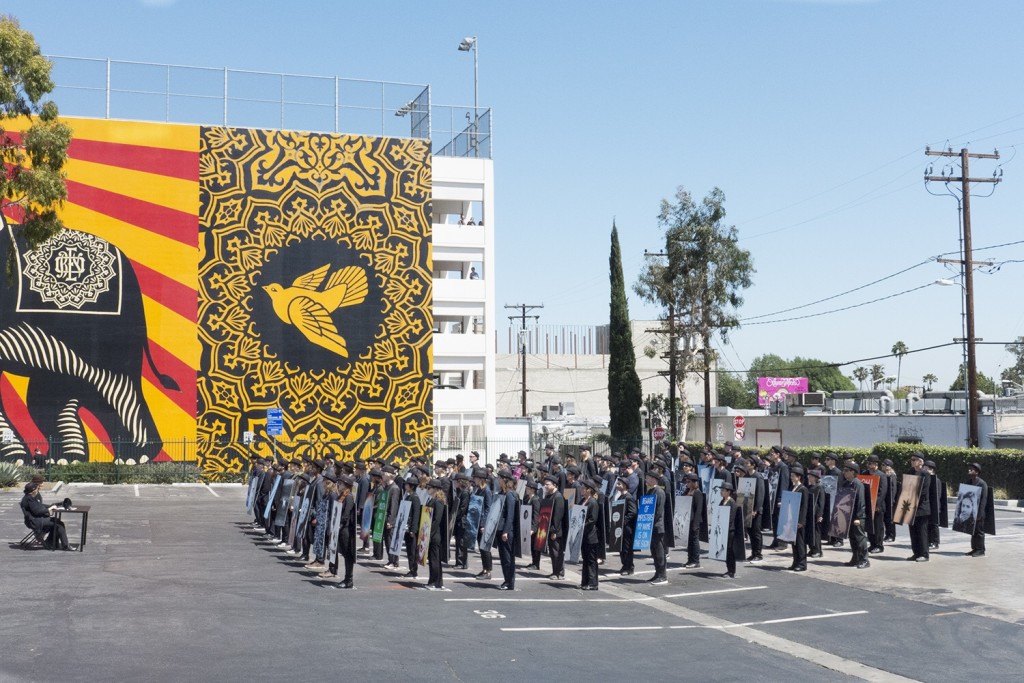 I Was Dreambox: Wearing a Sandwich Board for Art
I Was Dreambox: Wearing a Sandwich Board for Art
 Be a Doll—Save a Life
Be a Doll—Save a Life
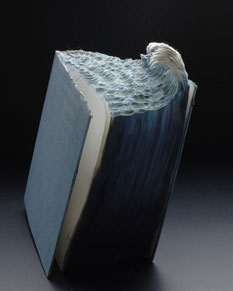 A Tsunami of Pages, #OccupyGaddis
A Tsunami of Pages, #OccupyGaddis
 Skype is finally shutting down
Skype is finally shutting down
 Listen—Robert Browning Becomes the First Recorded Poet, 1889
Listen—Robert Browning Becomes the First Recorded Poet, 1889
Astronomers cast doubt on 'runaway black hole' discoveryNASA video shows astonishing view into Mars craterIntel China announces the expansion of its Chengdu packaging and testing facility · TechNodeWebb space telescope snaps pic of a very powerful, and unique, objectHuawei ramps up Mate 70 series production for November launch: report · TechNodeWalmart+ Week robot vacuum deals: A few hidden gemsHuawei ramps up Mate 70 series production for November launch: report · TechNodeBaidu to Launch AINASA's black hole animation is jawTop Chinese smartphone brand suspends its foldable phone line: report · TechNodeA star blew up, and scientists snapped a photo of the violent explosionJames Webb telescope may have found a rocky exoplanet with an atmosphereSaturn once again reigns supreme with most moonsWalmart+ Week is taking on Prime Day: What you need to knowWalmart+ Week is taking on Prime Day: What you need to knowNASA Webb telescope discovers planet with truly mysterious historyShares of China’s Xpeng surge after 30,000+ orders for new P7+ sedan · TechNodeWalmart+ Week TV deals: A few cheap 4K TVs, little moreAstronomers cast doubt on 'runaway black hole' discoveryAll the media companies that have licensing deals with OpenAI (so far) Why Diane di Prima Went to San Francisco Love Poems from the Fourteenth Century Bare Shouldered Beauty: Suellen Rocca’s Art from the Sixties The Quotable David Salle: Selections from ‘How to See’ What Our Contributors Are Reading This Fall Staff Picks: Patrick Hoffman; May Sarton; Secret Art in Melrose Place The Case of the Shrinking Mannequins: Fashion Week and Body Image The Sad Story of the Nakagin Capsule Tower A Kaleidoscopic Encyclopedia from the Fourteenth Century Look: New Paintings by Sebastian Blanck One Solution for Down Hunting the Sound Stack in the Rondels of D’Orléans Monday: Terry McDonell and Graydon Carter at 92Y Luc Sante: I Was Somebody Else Omelets, Jams, Enemas, and Other Ways to Get It Up Staff Picks: Nicholson Baker, Alex Prager, Gary Panter My Twinkie Poem: On “Goldacre” Beauty Marks: On Pre Father Daniel Berrigan: Poet, Priest, Prophet The Scary Peeper: Remembering Herschell Gordon Lewis’s Gore
2.3329s , 10131.2421875 kb
Copyright © 2025 Powered by 【War Archives】,Fresh Information Network